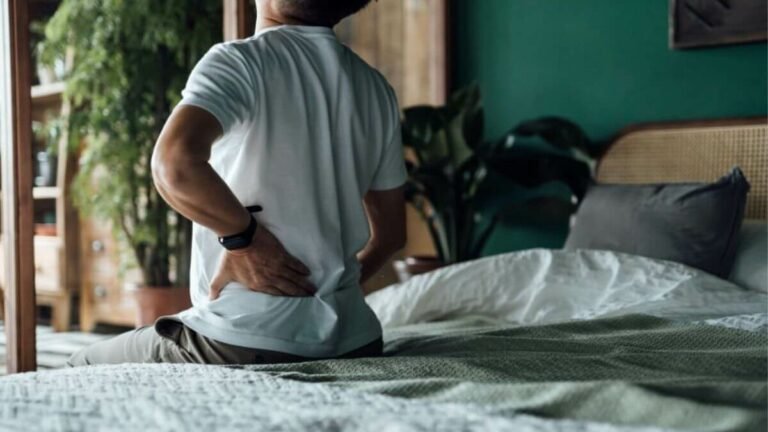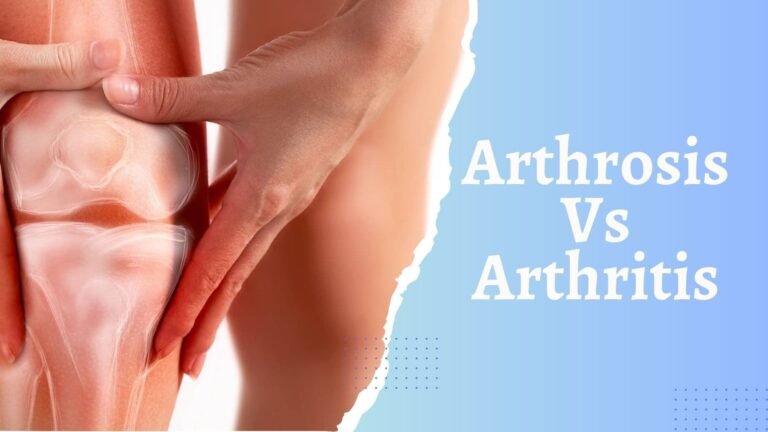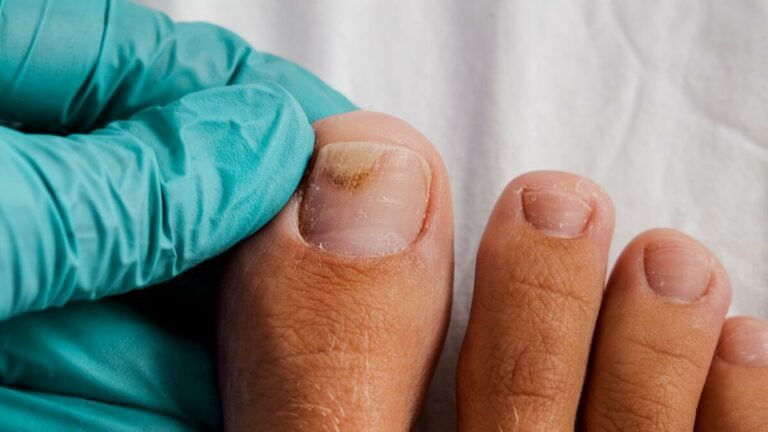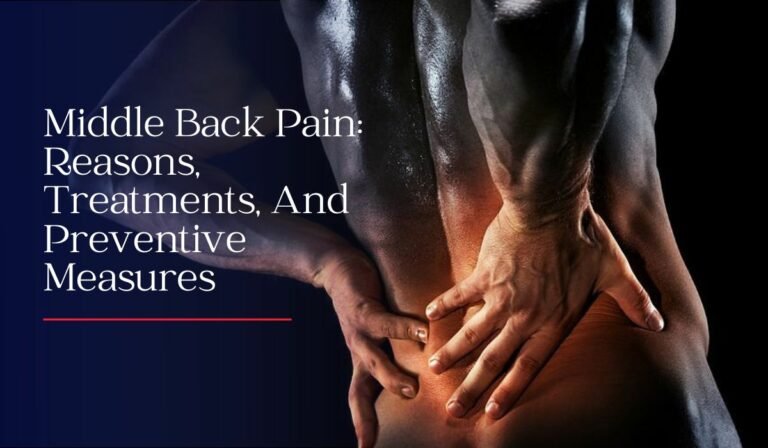Do You Experience Pain While Yawning? Causes And Solutions Explained!
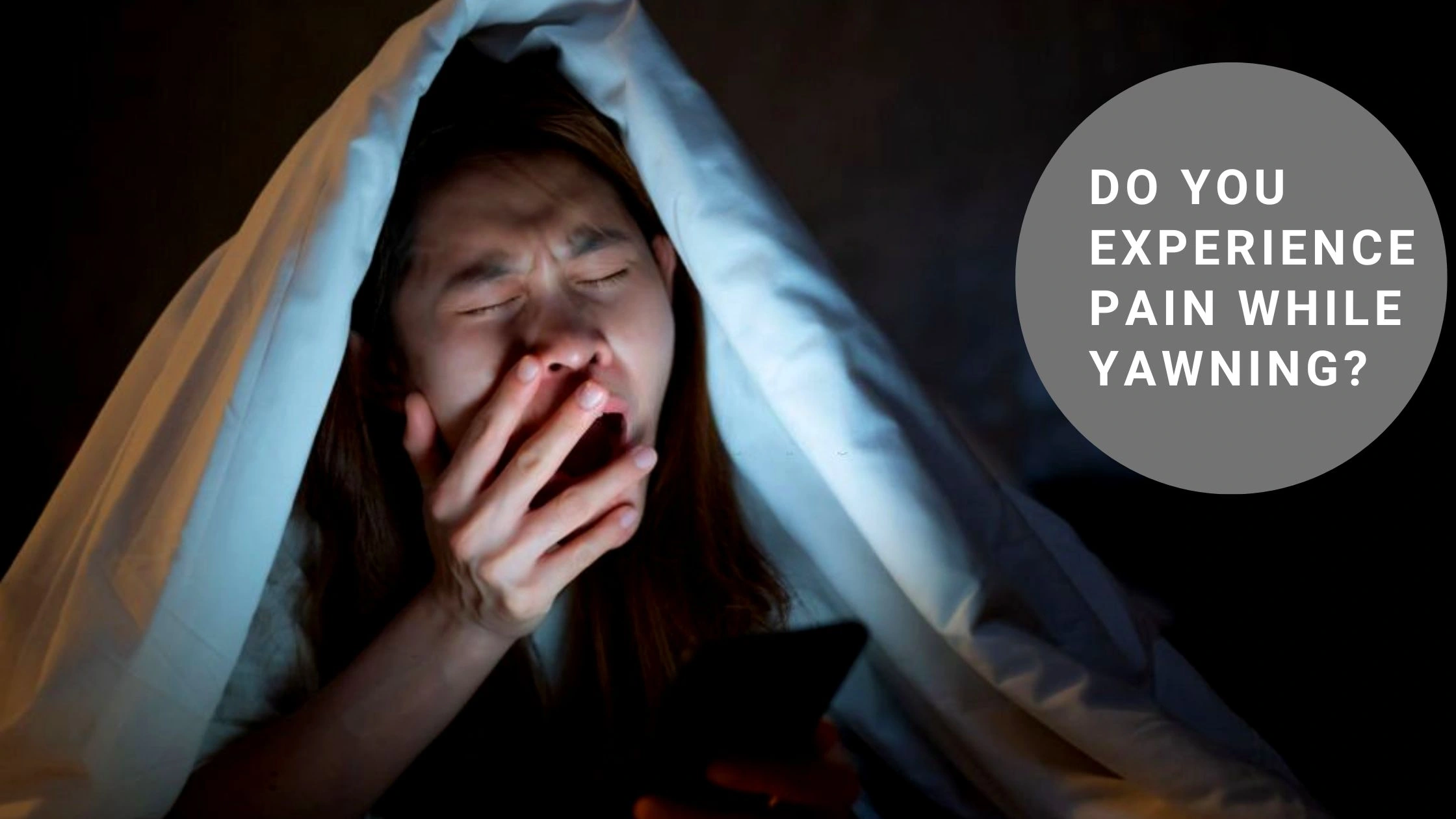
Yawning is one of the most simplest and enjoyable processes a human being can do or does. It is the act of inhaling deeply and exhaling audibly through the mouth and is a reflex that is controlled by the brainstem, and it is triggered by a number of different stimuli, including tiredness, boredom, stress, and changes in atmospheric pressure.
What Are The Causes Of Pain While Yawing?
Whatever it may be, it’s a normal and natural reflex that occurs in all humans and many other animals. In addition, it doesn’t cause pain and is purported to be completely painless. But, is it the same for everyone? Is it a painless experience for every single person? No, it isn’t. For some, it does hurt when they yawn. And neck cramps are the main villain here.
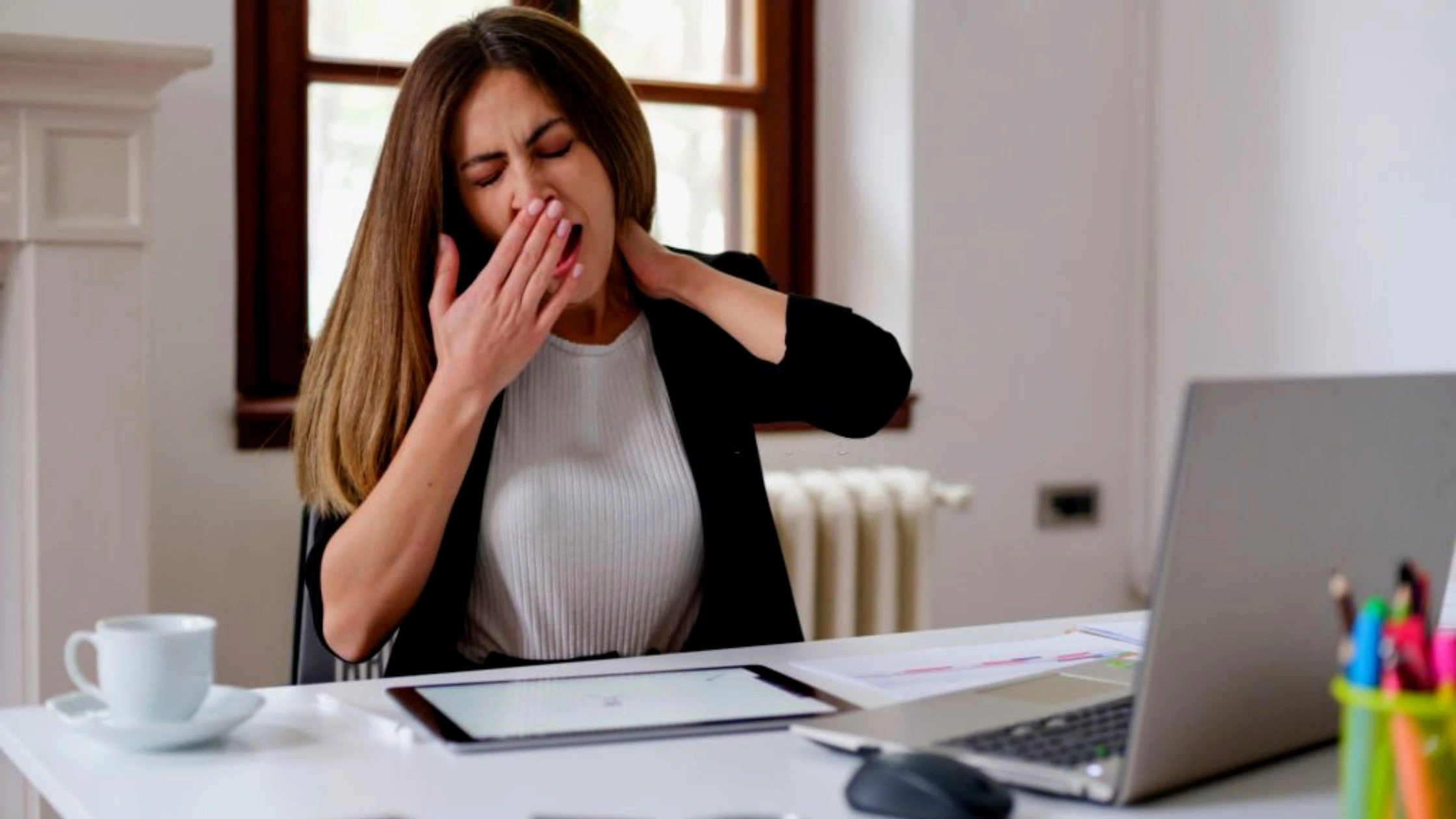
Neck cramps aka neck spasms:
Neck cramps, also known as cervical muscle spasms, are sudden, involuntary contractions of the muscles in the neck. These contractions can cause pain and discomfort, and they can range from mild to severe. Neck cramps can affect any part of the neck, including the base of the skull, the back of the neck, and the sides of the neck.
It frequently produces severe pain and even after the muscle relaxes and the spasm stops, this discomfort may linger for a few seconds, several hours, or even days.
Neck cramps can happen due to several factors. Some of the main reasons are listed below:
- Muscle strain or injury: Overuse or repetitive motions can cause muscle strain or injury, leading to neck cramps.
- Poor posture: Sitting or standing in a poor position for long periods of time can cause muscle tension and cramping in the neck.
- Osteoarthritis: This condition can cause inflammation in the neck, leading to cramping.
- Pinched nerve: A pinched nerve in the neck can cause cramping and pain.
- Stress: Stress can cause muscle tension, which can lead to cramping in the neck.
- Certain medications can also cause cramps as a side effect.
Treatment for Neck Spasms:
Treatment for neck cramps depends on the underlying cause. Rest and over-the-counter pain relievers can help to relieve pain and discomfort. Gentle neck stretches and exercises can help to loosen the muscles, and physical therapy can help to improve posture and strength. In some cases, a heating pad or cold pack can be applied to the affected area for relief. If the cramps are caused by a pinched nerve or other underlying medical condition, your doctor may recommend additional treatment options.
On the whole, it’s important to get a proper diagnosis from a doctor or physical therapist to determine the cause of the spasms so that the appropriate treatment can be prescribed.
Is neck spasms the sole perpetrator? Are there other reasons?
Yes, there are other reasons and they shouldn’t be discarded at all. Unlike spasms, these are comparatively more serious and require intensive care and treatment than neck cramps or spasms. In short, no one should discard the pain experienced while yawning as mere spasms. Never hesitate to consult your doctor if your pain is severe. So without any due, let’s discuss the other reasons, shall we? Read on!
Cervical Disc Disease
Cervical disk disease refers to a group of conditions that affect the discs in the cervical (neck) region of the spine. These conditions can include herniated disks, bulging disks, and degenerative disk disease.
The spinal column is made up of small bones called vertebrae, which are separated by spongy disks that act as cushions. These disks are composed of a tough outer layer and a softer inner layer. Cervical disk disease occurs when one of these disks becomes damaged or begins to wear down.
When the outer layer of the disc tears, the inner layer of the disc bulges out, resulting in a herniated disc. This can put pressure on the spinal cord or nerves, causing pain, numbness, and weakness in the arms and hands.
A bulging disk is similar to a herniated disk, but the inner layer of the disk bulges out, but it doesn’t break through the outer layer. This can also put pressure on the spinal cord or nerves, causing pain, numbness, and weakness.
Degenerative disk disease is a condition that occurs when the disks in the spine begin to wear down, becoming less flexible and less able to absorb shock. As the disks wear down, the vertebrae may begin to rub together, causing pain and stiffness in the neck.
Treatment:
Treatment for cervical disk disease will depend on the specific condition and severity of the symptoms. Physical therapy, pain medication, spinal injections, and in some cases, surgery may be recommended.
However, It’s important to work with a doctor or physical therapist to create a treatment plan that addresses your specific needs and condition. In most cases, a combination of conservative treatment methods such as physical therapy and medication is effective in managing cervical disk disease. In some cases, surgery is necessary when conservative treatment methods are not effective.
Spinal Stenosis
Spinal stenosis is a condition in which the spinal canal (the hollow space in the center of the spine) becomes narrowed, placing pressure on the spinal cord and nerve roots. This can cause a variety of symptoms, including pain, numbness, tingling, and weakness in the legs, arms, and/or back.
There are two main types of spinal stenosis: cervical (neck) and lumbar (lower back). Cervical spinal stenosis occurs in the neck region and can cause symptoms such as neck pain, weakness in the arms and hands, and difficulty walking. Lumbar spinal stenosis occurs in the lower back and can cause symptoms such as lower back pain, weakness in the legs, and difficulty standing or walking.
Spinal stenosis is most commonly caused by the natural aging process, as the spinal column and its component parts (vertebrae, disks, ligaments, etc.) begin to wear down over time. Other causes of spinal stenosis can include:
- Inherited conditions affect the shape of the spine, such as achondroplasia (dwarfism).
- Trauma or injury to the spine.
- Tumors or cysts that grow within the spinal canal -Overgrowth of bone or ligaments within the spinal canal.
- Degenerative conditions such as osteoarthritis or degenerative disk disease.
Treatment for spinal stenosis will depend on the underlying cause of the condition and the severity of the symptoms. Non-surgical treatments such as physical therapy, pain medication, and spinal injections can help manage the pain caused by spinal stenosis. In more severe cases, surgery may be necessary to relieve pressure on the spinal cord and nerve roots.
Dr. Edward Zelman
Dr. Edward Zelman is a distinguished and highly respected medical professional who has dedicated his career to the field of general medicine. With a profound commitment to patient care and a wealth of knowledge acquired over decades of practice, Dr. Zelman has earned a reputation as a trusted healthcare provider in his community. With a career defined by excellence and an unwavering commitment to the betterment of his patients and the broader community, Dr. Edward Zelman stands as a pillar of the medical field, dedicated to the principles of healing and compassionate care. At present, Dr. Edward Zelman is researching safe and effective natural remedies that can restore as well as maintain the youthful functioning of the body.
View All By Dr. Edward


